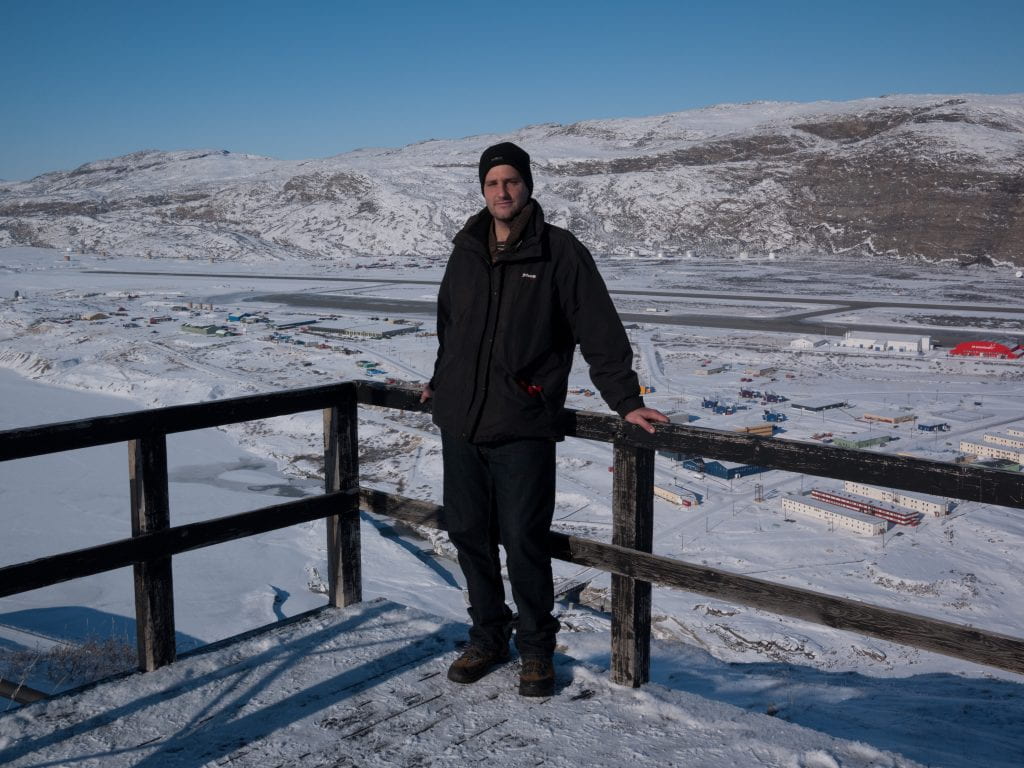UC Irvine-Led Mission, Funded by NASA, to Document Antarctica’s Ice Sheet Changes
NASA has awarded a $2.8 million grant to researchers at the University of California, Irvine for a five-year project to survey Antarctica’s ice sheet. Led by Eric Rignot, UCI professor of Earth system science, the newly funded endeavor aims to provide the most detailed record yet of the condition of glaciers on the vast southern continent.
Primarily using data from the upcoming NISAR satellite mission, a collaboration between NASA’s Jet Propulsion Laboratory and the Indian Space Research Organization, the UCI glaciologists will also incorporate observations from the European Space Agency’s Copernicus Sentinel-1 satellites, the U.S./Finnish ICEYE constellation, the Canadian RCM constellation and Japan’s Advanced Land Observing Satellite mission.
This will be the fourth time NASA has approved financial support for the Making Earth System Data Records for Use in Research Environments program; each grant has covered a five-year period, for a total of 20 years.
“The MEaSUREs program is unique among all space agency projects in that it provides funding for scientists to develop advanced geophysical products of interest to the community and that go beyond what the missions produce on their own,” Rignot said. “The assets we have developed as part of this effort are considered the premium datasets for the research community, especially climate modelers.”
Earlier phases of the program resulted in a continental map of ice velocity in Antarctica released in 2011; a mapping of grounding lines – where the ice leaves the land and begins to float in the ocean – also published in 2011; and the creation of a new bed topography – a mapping of the ground surface beneath the ice – in 2018. These products have since been enhanced and updated on an annual basis.
One of the most significant MEaSUREs outcomes was an advanced topographical tool called BedMachine Antarctica, unveiled in 2019. Mathieu Morlighem, a former associate professor of Earth system science at UCI, led that effort. He is now the Evans Family Distinguished Professor of Earth Sciences at Dartmouth and will continue as the bed topography project partner with the UCI group.
Rignot said a new focus of his team will be expanding the area of inquiry around glacier grounding lines that polar ice researchers consider to be highly susceptible to the effects of global climate change.
“Our recent research in both Antarctica and Greenland has shown that the ice sheet vulnerability is impacted by the interaction of ocean water, which is warming as a result of global climate change, and the undersides of glaciers,” he said. “Accelerated melting is happening not just at the grounding line, where the ice meets the ocean, but farther inland, where we’ve seen cavities forming. We’ve come to identify this area as the grounding zone.”
Rignot said he is expecting to make “major discoveries and advances” with this mission.
“We are moving to a set of products that only use the interferometric phase of synthetic aperture radar data, which results in an improvement in ice velocity accuracy by a factor of 10, and we will produce maps at a finer sample spacing,” he said. “NISAR is an especially exciting mission for us because its radar is pointing south (most radars are pointing north), and it will provide complete coverage of the continent every 12 days.”
Rignot noted that MEaSUREs-4 would not be possible without the participation of his team, including Morlighem; Bernd Scheuchl, UCI researcher in Earth system science; and Seongsu Jeong, UCI assistant project scientist in Earth system science, who is now at NASA’s Jet Propulsion Laboratory. And he made a special mention of Jeremie Mouginot, a UCI Earth system science researcher who died in September 2022.

“Jeremie was a central member of the team, the main architect of the complex structure assembled to process not hundreds but thousands of interferometric SAR pairs from multiple satellites, and also an outstanding scientist with a great publication record,” Rignot said. “His legacy will carry us on for MEaSUREs-4, and we would like to dedicate this new project to his memory.”
Also a senior research scientist at NASA JPL, he added, “As of today, we are not aware of a project of comparable ambition in Antarctica. Our team is relatively small, but we hope to keep the UCI name at the top of the game for this project and help the scientific community benefit the most from the new satellite missions.”

